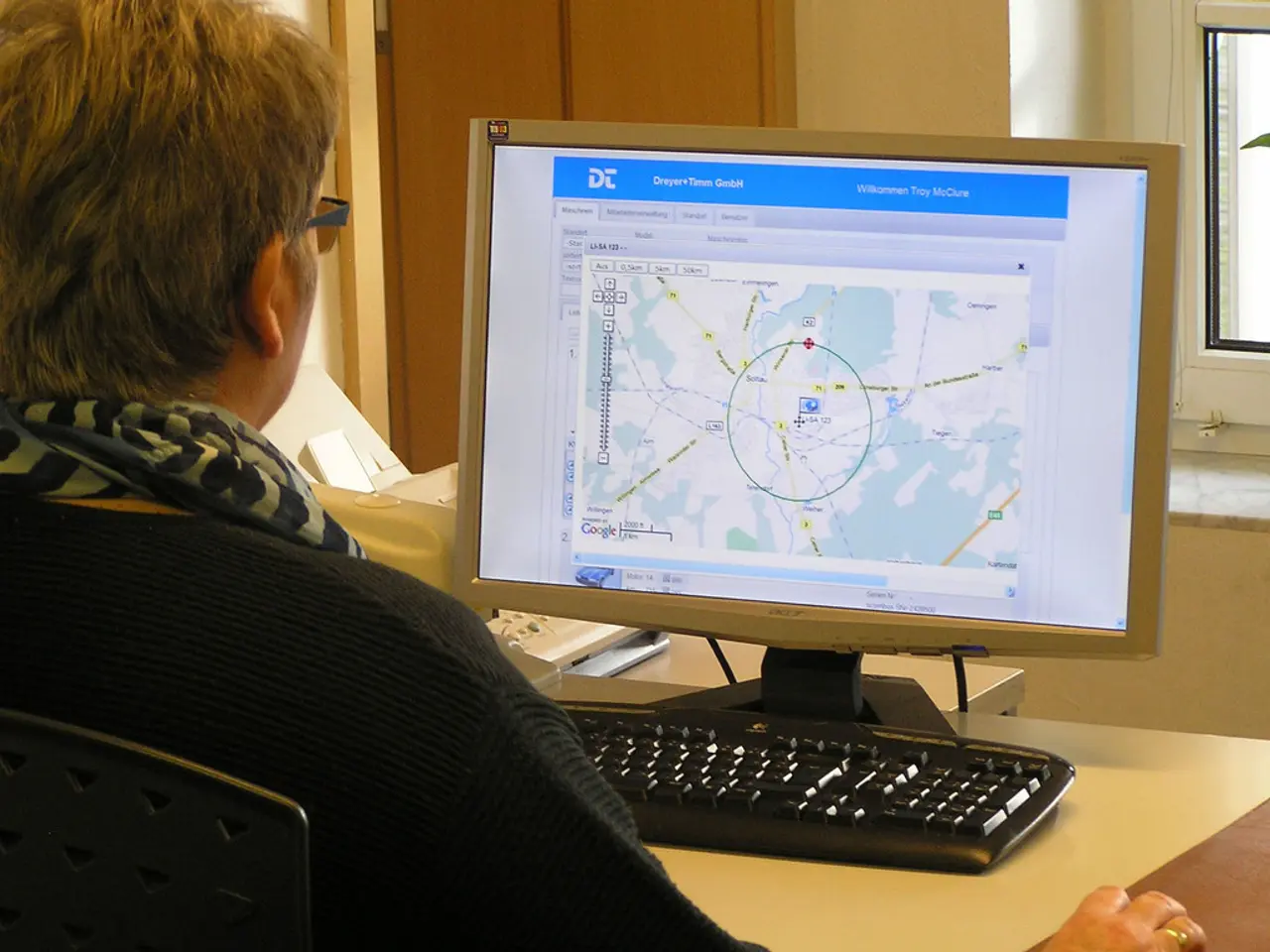Stealthy Linux backdoor eludes detection by leading antivirus providers
Breaking News: New Linux Backdoor Malware, "Plague," Evades Traditional Antivirus Detection
Researchers at Nextron Threat have discovered a new Linux backdoor malware named "Plague." This stealthy malware has managed to evade detection by nearly all antivirus engines for over a year, making it a significant threat to Linux infrastructure.
The malware operates as a rogue Pluggable Authentication Module (PAM), deeply integrating into Linux’s authentication process. This integration allows it to bypass authentication and maintain persistent SSH access. Because PAM modules are trusted system components loaded by privileged processes, this makes detection by standard AV difficult.
Plague employs several sophisticated techniques to evade detection. It uses layered binary obfuscation and anti-reverse engineering measures, making static and dynamic analysis by security tools and researchers challenging. Additionally, the malware actively erases SSH session traces by unsetting environment variables such as and and redirecting shell history () to .
The malware also uses a variety of techniques to avoid detection, including hiding session logs, implementing a custom string obfuscation system, and concealing itself from debuggers. Furthermore, it uses hardcoded credentials to enable attackers to gain covert access without triggering typical authentication alarms.
Despite these evasion tactics, advances in detection are being made. After public disclosure by Nextron Systems and other researchers, more antivirus vendors have started to identify Plague components, though detection coverage remains limited. Security teams are now monitoring for unusual PAM activity, suspicious SSH logins without corresponding authentication logs, and signs of environment variable manipulation.
Nextron has updated its free THOR Lite software to detect the Plague malware. The company recommends manually checking PAM files for suspicious activity. After initial publication, over 30 security software engines now recognize the PAM vulnerability as malware.
It's worth noting that most of the identified Plague samples were uploaded from the United States, with one coming from China. Researchers at Nextron Threat have identified variations of the Plague malware with slight differences in size, compilation toolchains, and obfuscation layers, suggesting a clear development timeline, likely reflecting testing and iteration.
The Plague malware family shows a high level of sophistication and evasion techniques, making it difficult to detect using conventional methods. The exact number of infections is unknown, but it's likely that the malware is used globally or tested in multiple environments.
In conclusion, the Plague malware continues to represent a significant threat to Linux infrastructure, exploiting core authentication mechanisms for stealth and persistence. Effective detection requires advanced forensic analysis, behaviour-based monitoring, and updated detection signatures distributed by security researchers and vendors following responsible disclosure.
- The advanced Linux backdoor malware, Plague, employs AI techniques such as layered binary obfuscation and anti-reverse engineering measures, making detection by traditional antivirus software, a part of data-and-cloud-computing technology, challenging.
- In an effort to combat thePlague malware, Nextron Threat has updated their free THOR Lite software, a type of security software, to include specific signatures for the malware.
- The implementation of the Plague malware's cybersecurity tactics, including hiding session logs and employing custom string obfuscation systems, further underscores the importance of utilizing technology solutions that can adapt to evolving threats and offer advanced security measures.




